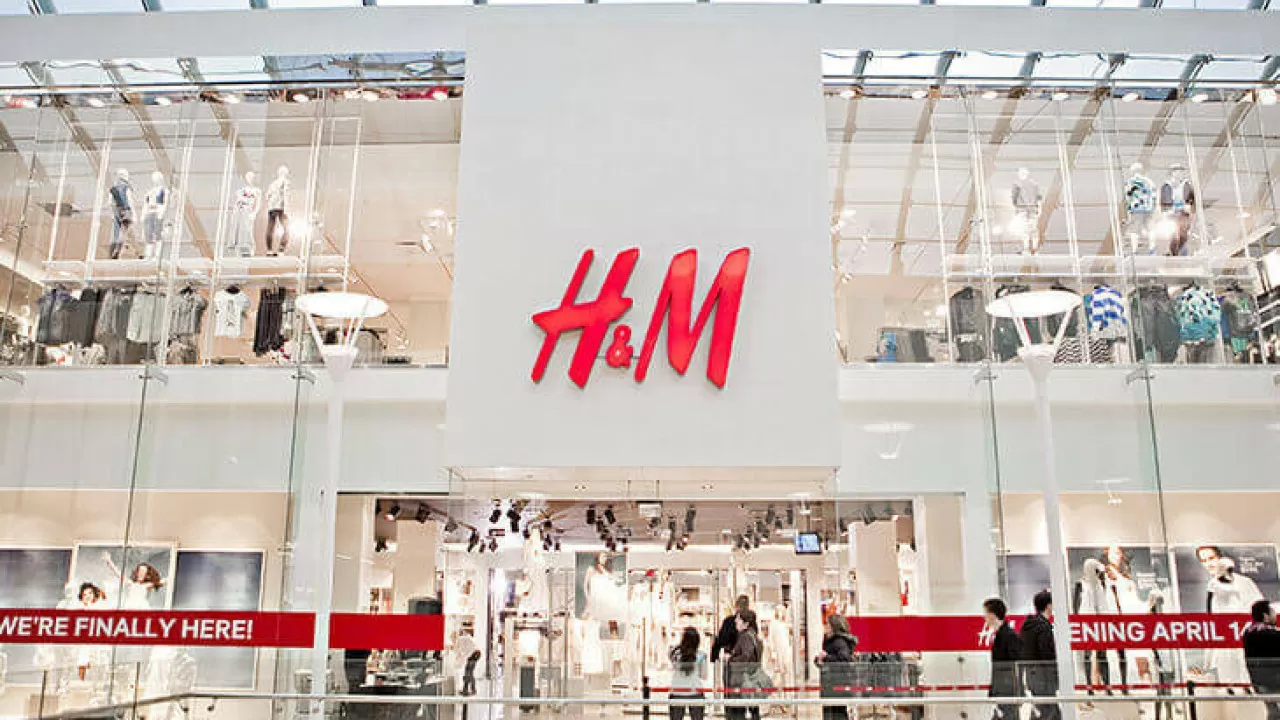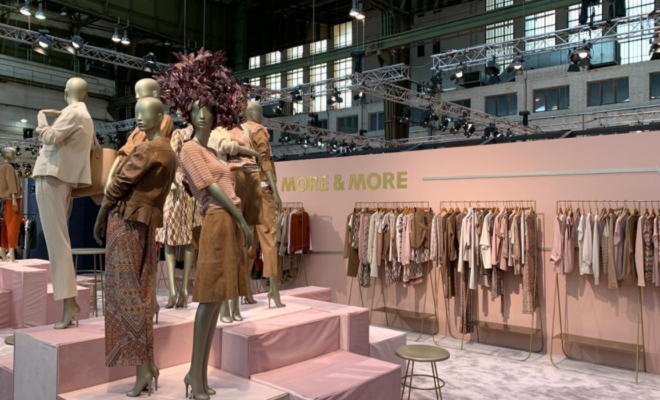H&M: Evolution, Impact, and Efforts Towards Sustainability

H&M, or Hennes & Mauritz AB, is a multinational clothing manufacturer from Sweden, renowned for its fast-fashion clothing for men, women, teenagers, and children. With stores worldwide, H&M has had a significant impact on the fashion industry, popularizing affordable, trend-oriented clothing. This article provides a comprehensive overview of the company’s evolution, its impact on the fashion industry, and its recent sustainability efforts.
History and Development
H&M was founded in 1947 by Erling Persson, initially as a women’s clothing store called Hennes, which means ‘hers’ in Swedish. After acquiring a hunting equipment and men’s clothing retailer named Mauritz Widforss in 1968, the company added men’s clothing to its range and was renamed Hennes & Mauritz, later abbreviated as H&M.
H&M’s business model, based on offering fashion and quality at the best price, has made it one of the world’s leading fashion companies. The first store outside Sweden was opened in Norway in 1964, and the company has since expanded globally, with over 5,000 stores in 74 countries as of 2021.
Impact on the Fashion Industry
H&M’s entry into the global market brought about a significant shift in the dynamics of the fashion industry. The company became one of the pioneers of ‘fast fashion,’ a business model characterized by rapid turnover of new styles and collections, affordable garments, and a quick production cycle. This approach democratized fashion by making the latest trends accessible to the masses.
The company’s collaborations with high-profile fashion designers and brands have also transformed the industry. Starting with Karl Lagerfeld in 2004, H&M has partnered with major names like Versace, Stella McCartney, Balmain, and Alexander Wang. These collaborations have made luxury fashion accessible to a broader consumer base and shattered the traditional barriers between high-end and high-street fashion.
Product Range
H&M offers an extensive product range targeting various consumer groups. The brand’s collections encompass everything from the latest fashion trends to timeless basics, sportswear, maternity wear, and plus sizes. Additionally, they offer a children’s collection, beauty products, and a home textiles line, H&M Home.
The company owns several subsidiary brands, each catering to a specific consumer niche. These include COS (Collection of Style), known for its high-quality, minimalist styles; Monki, appealing to young women with a quirky, street-style aesthetic; Weekday, offering contemporary fashion with consciousness; & Other Stories, providing women with a wide range of shoes, bags, accessories, beauty products, and ready-to-wear outfits; and ARKET, offering essential products for men, women, children, and the household.
Sustainability Efforts
In recent years, H&M has focused on becoming more sustainable in response to criticism of the environmental impact of fast fashion. The company’s sustainability efforts are guided by their goal to become climate positive by 2040 and to create a circular approach in every aspect of their business.
To become more sustainable, H&M has initiated various programs and practices. They committed to sourcing all their cotton from sustainable sources by 2020. As part of their clothing recycling initiative, customers can drop off unwanted clothing of any brand at H&M stores to prevent it from ending up in landfills.
In 2011, H&M introduced its Conscious Collection, a line of environmentally friendly and greener materials such as organic cotton and recycled polyester. The company also launched a sustainability concept, “Conscious Actions,” which sets specific targets such as reducing greenhouse gas emissions and water consumption in production processes.
H&M places great emphasis on transparency in its supply chain and maintains a publicly accessible list of its suppliers. They are working towards fair living wages for workers in these factories, with the goal that all workers receive such wages by 2018.
Challenges and Criticism
Despite its success, H&M has faced criticism and challenges. The brand has been criticized for perpetuating the culture of fast fashion, which promotes disposable clothing and overconsumption, leading to environmental and social issues.
The company has also faced setbacks regarding labor practices in its supply chain, with reports of workers in supplier factories experiencing poor working conditions and wages below the minimum wage. H&M has responded by advocating for fair living wages and better working conditions.
Looking to the Future
H&M has demonstrated its willingness to adapt to changing times. As online shopping gains more prominence, H&M is investing in its e-commerce platforms to enhance the digital shopping experience for its customers.
Furthermore, as sustainability becomes a growing concern for consumers, H&M is taking steps to reduce its ecological footprint and transition towards a more circular model. This includes increased use of recycled and sustainably sourced materials, promoting textile recycling, and working towards their climate positivity goal.
From its humble beginnings as a single women’s clothing store in Sweden, H&M has evolved into a global fashion powerhouse. It has played a significant role in democratizing fashion and making trendy clothing accessible to the masses.
However, the brand also exemplifies the challenges the fashion industry faces today, particularly concerning the sustainability of fast fashion. As H&M navigates these challenges, its actions will undoubtedly have a substantial impact on the future direction of the fashion industry. As consumers, it will be intriguing to observe how H&M continues to evolve and shape the world of fashion.


.jpg)









